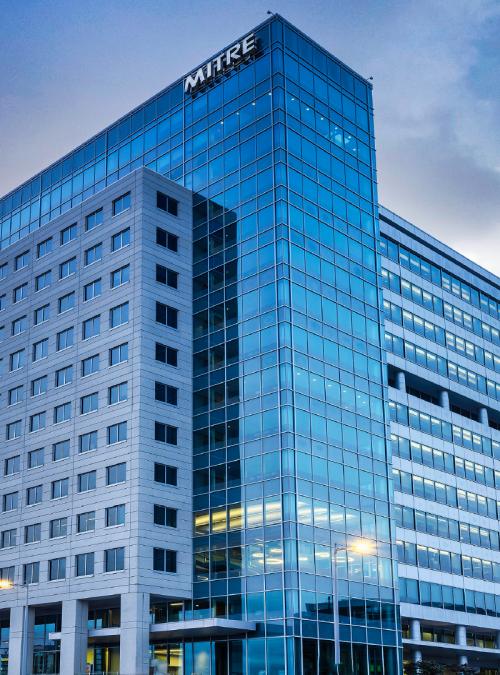In the next century, as the components of computers continue to shrink smaller and smaller, down to the molecular scale, their physical representation will become more and more like that of present-day computer data.

Matter As Software
Download Resources
PDF Accessibility
One or more of the PDF files on this page fall under E202.2 Legacy Exceptions and may not be completely accessible. You may request an accessible version of a PDF using the form on the Contact Us page.
In the next century, as the components of computers continue to shrink smaller and smaller, down to the molecular scale, their physical representation will become more and more like that of present-day computer data. It is explained in some detail how this ongoing process of miniaturization is likely to lead to a technology in which matter will acquire desirable physical and economic properties much like those of software. It will be possible to "read" and to "write" functioning computer components and logic structures at will; they will be manufactured locally, on demand, in a manner similar to the way we now "download" software onto disk drives. In addition, microscopic and submicroscopic mutable computer logic structures will be built into motile microscopic units of matter, putting the macroscopic properties, form, and function of matter itself under program control. Thus, in the next century, the technology developed for building dramatically smaller computational engines will evolve to have even broader technological and economic impacts than have been felt during the last half century of the digital computer revolution.